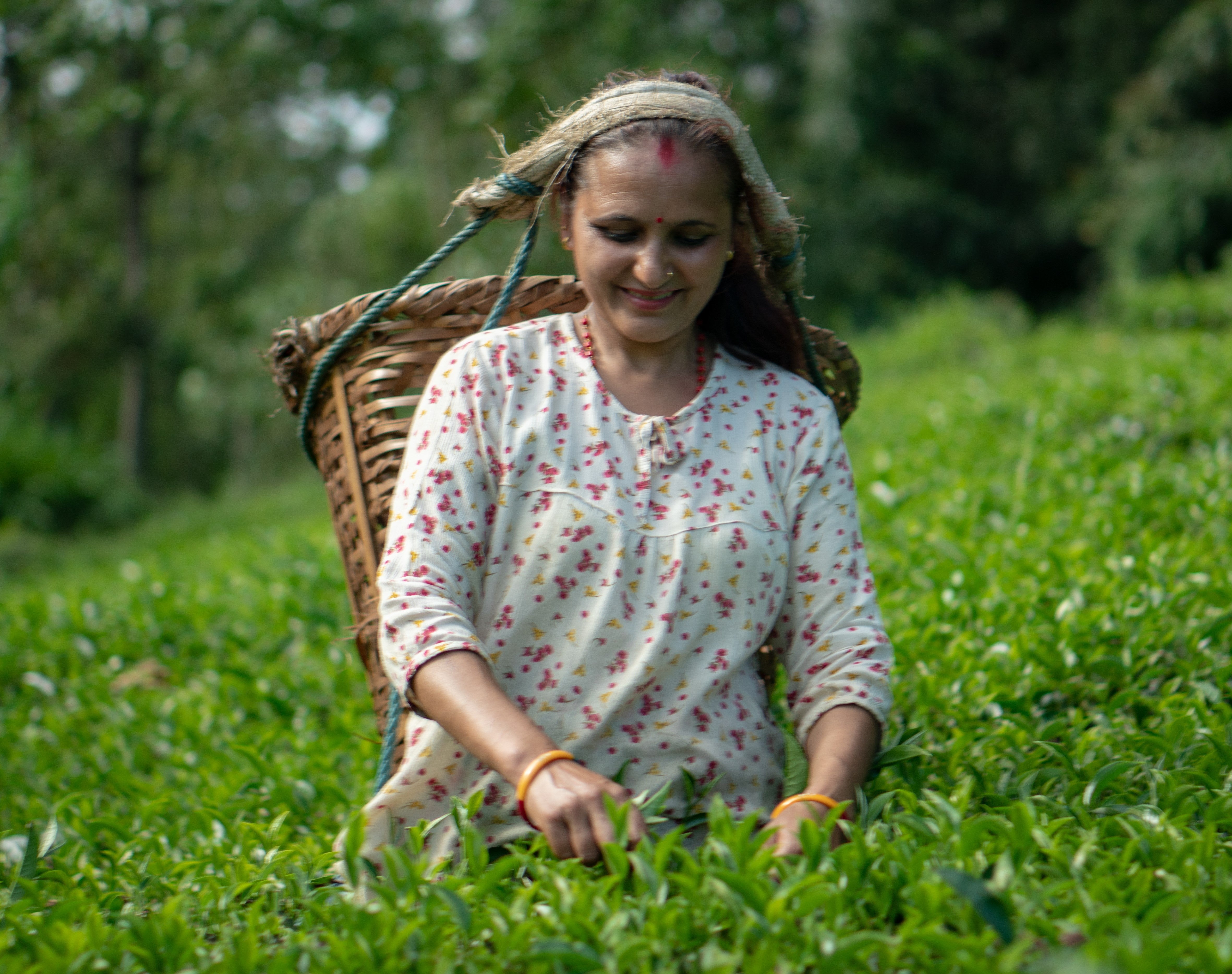Ever wondered how tea leaves transform into your favorite cup? It's all about tea processing. This journey turns fresh leaves from the tea plant (Camellia sinensis) into various tea types like black, green, oolong, or white. Let's explore the fascinating tea making process.


Process 2 : Green Tea Leaves being Withered on a trough

Process 3: Tea Rolling Machine for small batch Production

Process 4: Tea Drying

Process 5: A worker hand sorting White Loose Leaf Tea
Essential Tea Processing Steps
1. Harvesting Tea
The journey begins when leaves are harvested from tea gardens. Skilled workers select the freshest parts of the plant—typically the top two leaves and a bud. The timing and method of tea harvesting significantly impact the final flavor profile.
2. Withering Process
After collection, leaves undergo withering. This crucial step reduces water content, making leaves pliable for further processing. During the withering process, leaves begin developing their distinctive characteristics.
3. Rolling
Next, leaves are rolled either by hand or machine (using the orthodox method) or machine (using the CTC method - Crush, Tear, Curl). Rolling breaks the cell walls of the leaves, releasing enzymes that initiate oxidation and shape the leaves. This leaf maceration is crucial for flavor development.
4. Oxidation Levels
This step creates the most significant differences between tea varieties. When leaves are allowed to oxidize, oxidative enzymes transform their chemical composition, affecting color, aroma, and taste:
- Black tea processing involves complete oxidation
- Oolong tea undergoes partial oxidation
- Green and white teas have minimal oxidation
- Puerh teas undergo additional fermentation after basic processing
5. Drying Process
Finally, the drying process halts oxidation and removes moisture from the leaves. This step stabilizes the tea for storage and preserves its flavor and aroma.
Different Tea Types and Their Processing
Black Tea
Fully oxidized teas like Assam or Darjeeling undergo complete withering, rolling, oxidation, and drying. The oxidative processes create rich, bold flavors in these Chinese teas and others worldwide.
Green Tea
Japanese green teas like Sencha and Chinese varieties like Longjing minimize oxidation. Processors quickly stop the oxidation through steaming or pan-firing, preserving the leaves' green color and fresh taste.
Oolong Tea
This partially oxidized category showcases the artistry in tea production. Depending on the desired outcome, leaves undergo careful manipulation of rolling and oxidizing to achieve specific characteristics.
White Tea
The least processed type, white tea simply involves withering and drying with minimal handling, resulting in delicate flavors.
Puerh Teas
These postfermented teas from China undergo additional aging processes after initial processing. Raw puerh (sheng) and ripe puerh (shou) follow different paths to develop their unique characteristics.
Yellow Tea
A rare variety with processing similar to green tea but with an additional yellowing step that mellows the flavor.
Beyond Basic Processing
The tea factory environment, altitude, climate, and soil all influence the final product. Some teas require specialized techniques:
- CTC tea production creates small, uniform pieces ideal for tea bags
- Aged tea develops complex flavors through controlled storage
- Chinese teas often showcase traditional hand processing methods
- Orthodox method preserves leaf integrity for premium loose leaf teas
From Garden to Cup
Understanding the process of tea leaves enhances appreciation of your brew. Each tea producer makes decisions throughout the tea manufacturing journey that influence what ends up in your cup. The tea processing chart varies depending on the type of tea desired, but the core steps remain consistent.
The History and Culture of Tea Processing
The history of tea processing dates back thousands of years, with techniques evolving across different regions. Ancient Chinese teas established many of the foundational methods still used today. Over centuries, tea making processes spread throughout Asia and eventually worldwide.
Brewing Your Tea
Different processing steps create teas that require specific brewing approaches. A good brewing guide considers how processing affects infusion:
- Heavily oxidized teas like black varieties often brew well with boiling water
- Delicate white and green teas generally need lower temperatures
- Oolong tea can be infused multiple times, revealing different flavor notes with each steeping
Remember that the cell structure of the dried tea leaves determines how quickly flavors and compounds extract into water.
Whether you're exploring tasting teas from different regions or comparing various tea types, understanding processing helps explain the remarkable diversity in the world of tea. From white, green varieties to complex oolong tea and rich black teas, it all begins with the humble leaf and the transformative art of tea processing.




